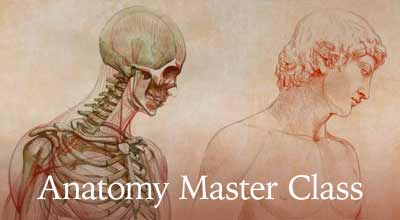Oil Painting Techniques: Dead Colours, Glazing, Scumbling

Dead Colours. "Dead Colours" layer is the part of an underpainting. The name "Dead Layer" comes from the choice of colours, usually bluish, greyish, or greenish mixes. It is mostly required for figurative paintings where cold colours will compliment the skin tones in the finished artwork. "Dead Layer" is applied over the traditional brown underpainting. It has the purpose of altering the warm tones of the underpainting and imprimatura. It does not affect the tonality of the final painting though. Dead layer is quite thin, so previous underpainting layers are visible through it. The dead layer must be left to dry before continuing the painting. Some paintings can be done as a finished artworks using dead layer technique. Depending on the colour such artworks are called "verdaccio", "verdaille", or "grisaille". Verdaccio is an Italian name for the mixture of black, white, and yellow pigments. Depending on proportions it has a grayish, yellowish, or soft greenish-brown appearance. Verdaille is an artwork painted exclusively in shades of green. It originates in 12th century when use of colour was prohibited in Cistercian monasteries in 1134. Such paintings are quite rare these days. Grisaille is an artwork painted in monochrome, usually in shades of grey. Grisaille may also include some other grey-out colours in addition to black and white. The grisaille technique is great for depiction of sculpture and architectural details. Overpainting in Full Colour. The subsequent layers come in full colour. Flesh colours are applied for figurate artworks. Light areas are usually painted thicker and more opaque than shades. In dark areas, the underpainting can still show through. Colours of deeper layers are optically mixing with top ones. The overpainting in full colour can be worked on in several layers. Usually every layer is left dry before continuing. The final touches are applied on top of the full-colour layer when it is dry. These could be highlights, some final minor corrections, deepening shades, and so on. All these final touches should be dry before completing the painting with the final layer - glazing. Glazing Painting Technique. The glazing technique can also be applied in numerous layers. Leonardo da Vinci developed glazing technique, called "sfumato", to the perfection. The glazing layers deepen the tone as they absorb the light, so less light is reflected from the painting. Fine artist should consider this and paint previous layers in lighter tones than intended in a finished artwork. Every glaze should be applied when the previous one is dry. It is a slow process but results worth it. Each successive glaze should have an increased amount of oil, conforming to the 'fat over lean' rule. Transparent and semi-transparent oil paints are most suited for glazing. Opaque paints can be mixed with a lot of medium and some resins may be added to increase their translucency. Scumbling. Scumbling is a technique when opaque paint is applied in a very thin layer, so the previous layer is visible through. Scumbling gives an optical mixing of colours, producing a softer or duller effect. This technique is great for lighter colours, for example when painting fog or clouds.



